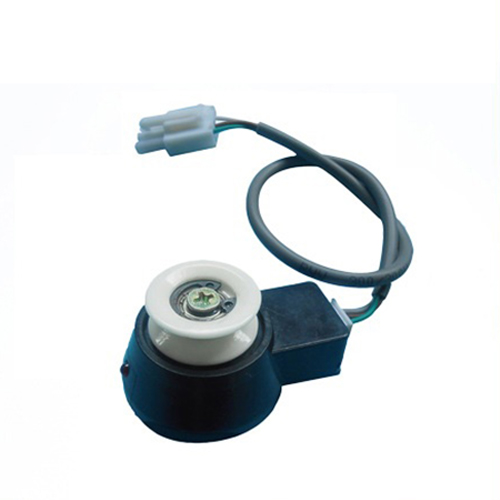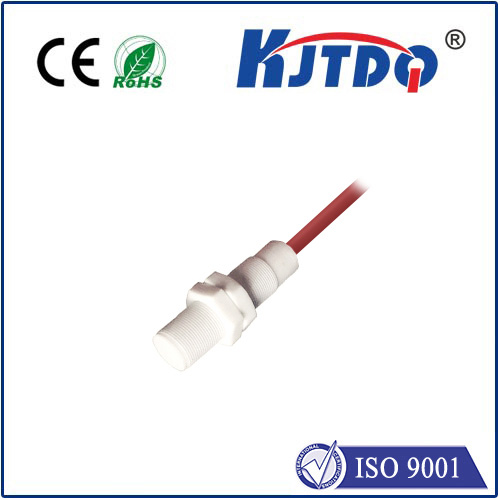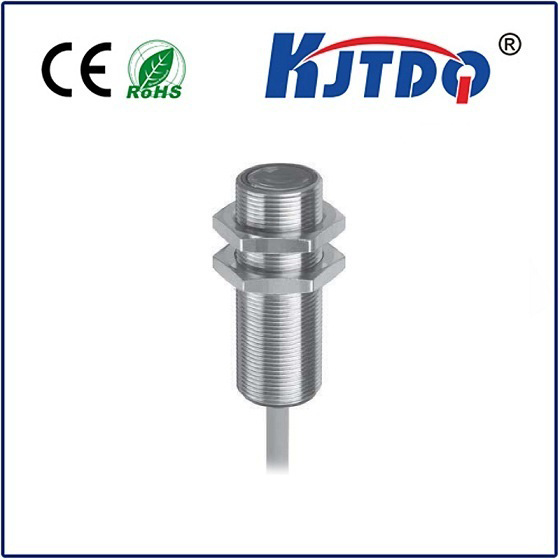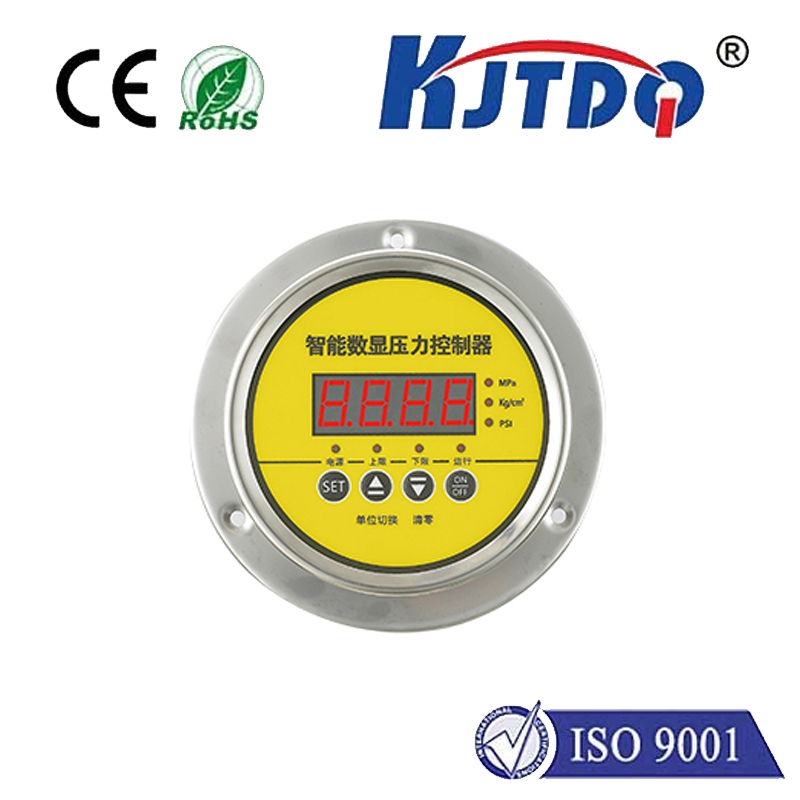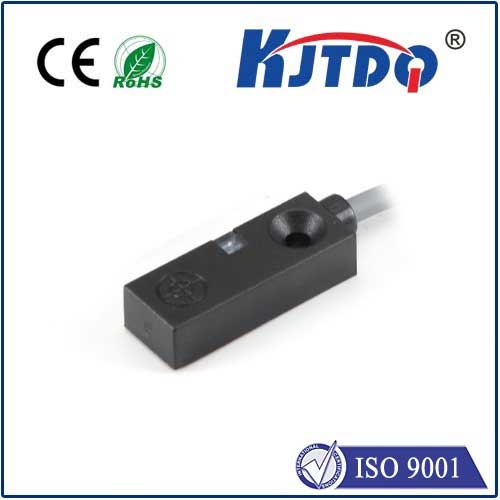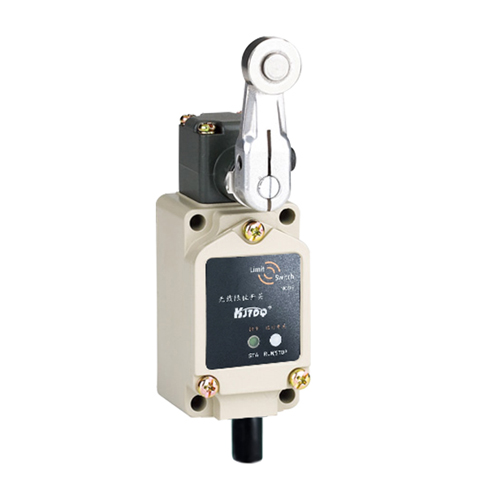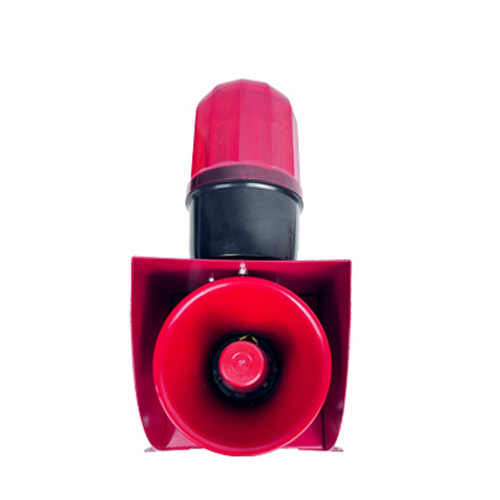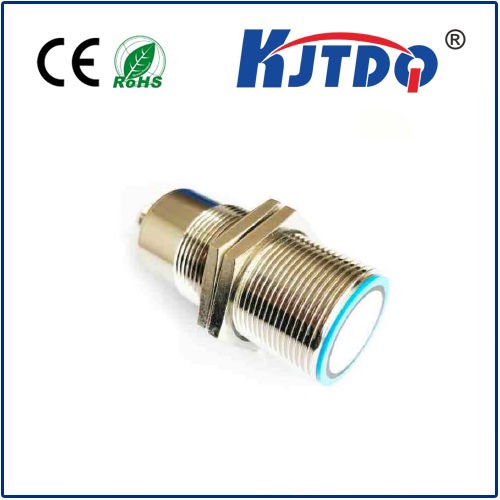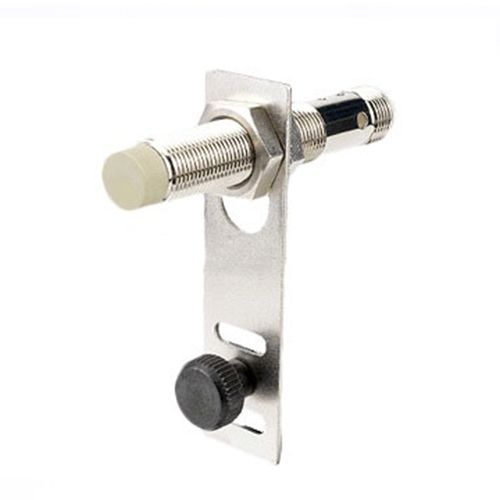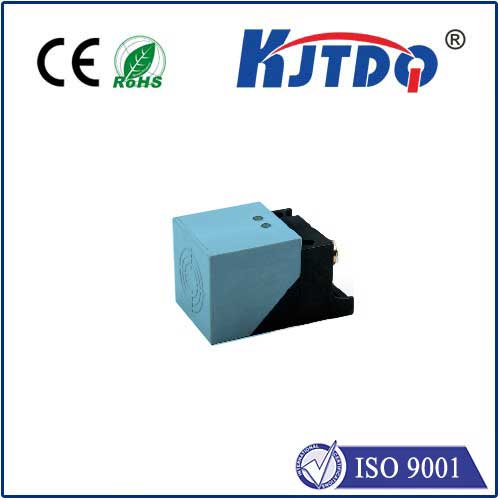Миниатюрные переключатели ATEX
- time:2025-08-02 00:25:17
- Нажмите:0
Safeguarding Sparks: The Critical Role of ATEX Certified Micro Switches in Hazardous Environments
Imagine the potentially catastrophic ignition within a petrochemical plant caused by a simple electrical spark from standard equipment. This stark reality underpins the vital importance of components specifically engineered for safety in explosive atmospheres. Enter ATEX certified micro switches – miniature powerhouses of reliability designed to operate where others dare not. Understanding these specialized components isn’t just technical; it’s fundamental to protecting lives, infrastructure, and ensuring operational continuity in high-risk industries.
Decoding the ATEX Mandate
ATEX derives its name from the French “ATmosphères EXplosibles”. In essence, it refers to two crucial European Union directives (now largely integrated into broader regulations but the term “ATEX” persists):
- ATEX 114 (Equipment Directive): Governs equipment and protective systems intended for use in potentially explosive atmospheres.
- ATEX 153 (Workplace Directive): Focuses on the minimum requirements for improving the safety and health protection of workers potentially at risk from explosive atmospheres.
ATEX certification signifies that a piece of equipment, like a micro switch, has undergone rigorous testing and meets strict design and manufacturing requirements to prevent it from becoming an ignition source. This involves specialized construction techniques, robust sealing against dust and gases, and carefully controlled energy levels within the switch mechanism.
Why Micro Switches? The Perfect Fit for Hazardous Control
Micro switches, known for their snap-action mechanism, offer inherent advantages well-suited to the demands of hazardous environments:

- Точный привод: Their distinct “click” occurs at a very specific point during actuator travel, ensuring reliable and repeatable switching.
- Долговечность: Often rated for millions of cycles, micro switches withstand demanding physical environments common in industry.
- Physical Versatility: Available with various actuator types (roller levers, plungers, simulated roller levers, etc.) to interface with diverse machinery.
- Electrical Reliability: The snap-action minimizes arcing, enhancing contact life and reducing potential ignition risks associated with sustained arcs.
- Compact Size: Their small footprint allows integration into tight spaces within complex equipment control panels or safety devices.
The Crucial Intersection: ATEX + Micro Switches
When engineered to ATEX standards, micro switches transform into critical safety components. Key design elements for ATEX micro switches include:
- Enhanced Sealing: Robust seals prevent ingress of flammable gases, vapors, or dust that could be ignited by internal sparks or high temperatures. This often involves specialized potting compounds and intricate gasket designs.
- Contained Energy: Designs meticulously ensure that any sparking occurring during normal switching operations remains safely contained within a flameproof or intrinsically safe enclosure, preventing it from escaping into the hazardous atmosphere.
- Temperature Limitation: External surfaces and critical components are designed to operate below the auto-ignition temperature (AIT) of the specific gases or dusts present in the designated zone.
- Rugged Construction: Housing materials are chosen for impact resistance, corrosion resistance, and the ability to withstand harsh environmental conditions like moisture, oils, and chemicals.
Navigating ATEX Zones and Equipment Categories
ATEX classifies hazardous areas into Zones based on the likelihood and duration of an explosive atmosphere being present (Gas/Dust):
- Gas/Vapors: Zone 0/Zone 1 (continuous/long-term presence), Zone 2 (short-term presence).
- Dust: Zone 20/Zone 21 (continuous/long-term presence), Zone 22 (short-term presence).
Equipment is categorized based on the level of protection and the Zones it is suitable for:
- Category 1: Very high protection level (Zone 0/20).
- Category 2: High protection level (Zone 1⁄21).
- Category 3: Normal protection level (Zone 2⁄22).
When selecting an ATEX-certified micro switch, it’s paramount to match its specified category and temperature class (T-rating) to the exact hazardous zone and the explosive substances present in the application. Using a switch rated only for Zone 2 in a Zone 0 environment poses a severe safety risk. Look for the official ATEX marking (Ex symbol) and certification details on the product or datasheet.
Where ATEX Micro Switches Are Essential
The applications demanding ATEX micro switches span numerous high-risk sectors:
- Oil & Gas: Valves, pumps, level sensors, drilling equipment, pipeline controls, offshore platforms.
- Chemical & Pharmaceutical: Reactor vessels, mixers, conveyors, solvent handling, powder processing equipment, vacuum systems.
- Mining: Underground machinery controls, conveyor belt monitoring, ventilation systems, gas detection equipment.
- Grain Handling & Food Processing: Silos, elevators, milling equipment, dust collection systems (combustible dust hazards).
- Paint & Coatings: Spray booths, solvent storage, mixing areas.
- Wastewater Treatment: Areas where biogas (methane) may accumulate.
- Safety Systems: Emergency stop devices (E-stops), safety interlocks, access door monitoring within hazardous area equipment.
Selecting the Right ATEX Micro Switch: Beyond the Certification
While ATEX certification is non-negotiable, other critical factors influence the choice:
- Electrical Ratings: Voltage, current (AC/DC), contact configuration (SPDT, DPDT, etc.).
- Actuator Type & Force: Match the actuator to the mechanical movement applying force (lever, plunger, roller).
- Environmental Protection: Ingress Protection (IP Rating) is crucial for dust and water resistance, complementing the ATEX focus on explosion prevention. IP67 or higher is common.
- Mechanical Life: Cycle life expectations under operational loads.
- Termination: Screw terminals, solder lugs, or quick-connect options.
- Size and Mounting: Must fit within the design constraints.
Investing in Safety is Non-Negotiable
In environments where the air itself can become fuel, relying on standard electrical components is simply not an option. ATEX certified micro switches represent a fundamental engineering solution, transforming a seemingly simple component into a vital safeguard. Their specialized design ensures that the essential function of reliable switching can occur without introducing catastrophic ignition risks. Specifying the correct ATEX micro switch for the precise hazardous zone and substance is not just best practice – it’s a core responsibility for engineers and safety managers operating within these critical industries. The investment in certified, reliable components like these is an investment in preventing disaster and preserving both human life and vital infrastructure.

